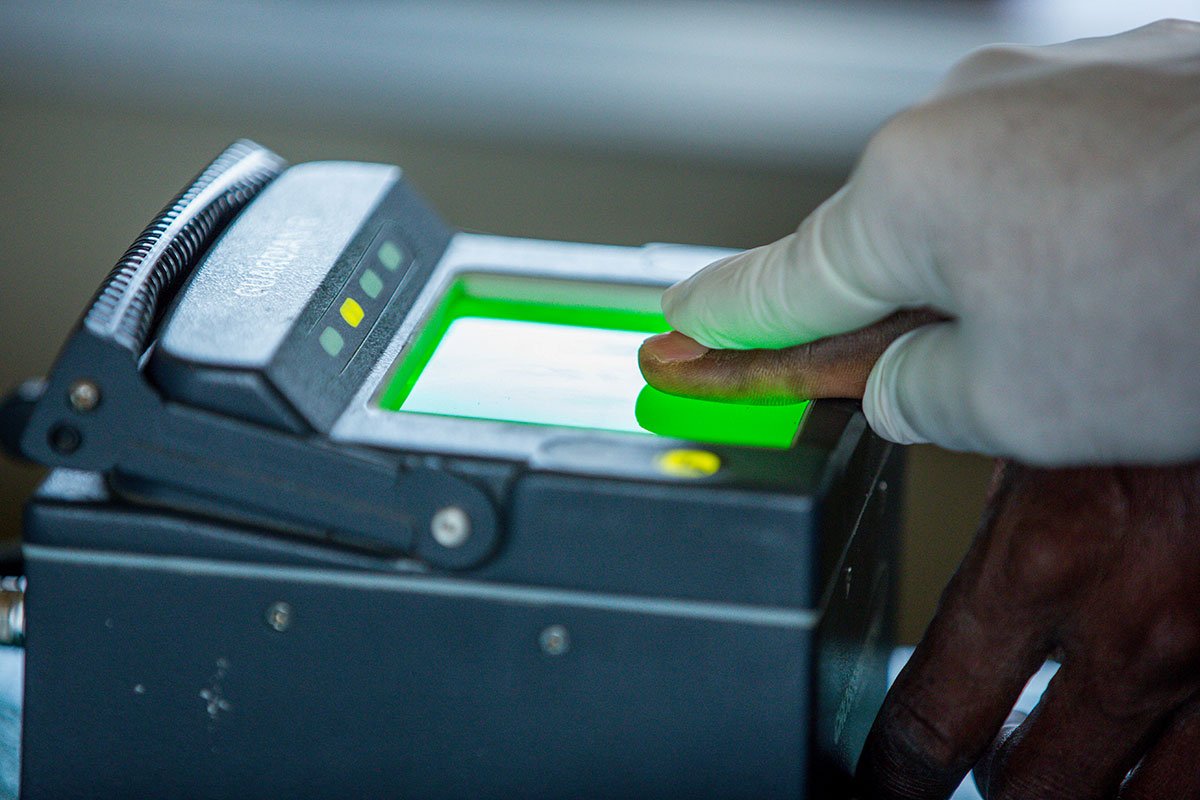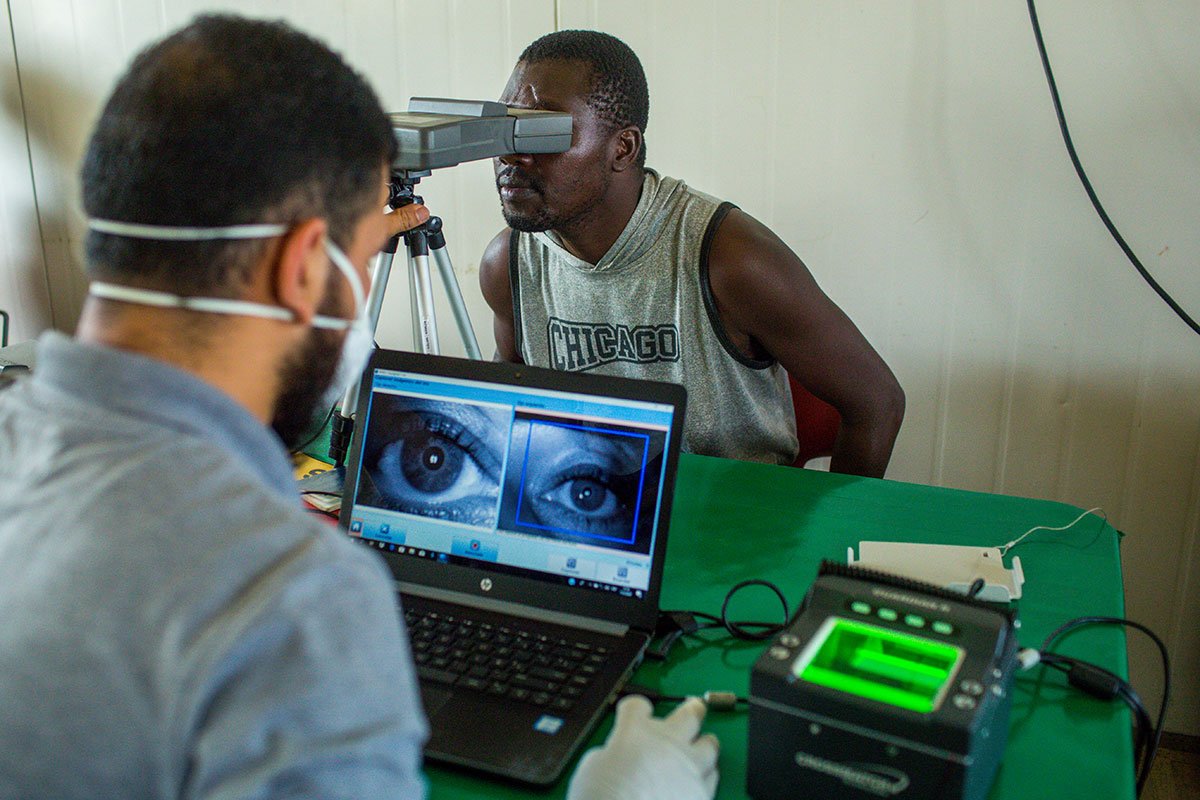BIOMETRIC COLLECTION
The
push for increased collection of biometric data is being initiated by BITMAP,
the Biometric Identification Transnational Migration Alert Program. This
program aims to collect biometric data from “special interest aliens, violent
criminals, fugitives, and known or suspected terrorists encountered within
illicit pathways.” This program is deployed in 14 countries with plans for
expansion to other nations. The data acquired through this program will be used
to populate a new database called HART, replacing the DHS’s current biometric
database, IDENT. HART will be housed on the government’s AWS (Amazon Web
Services) GovCloud environment and will store and process more robust profiles
that include digital fingerprints, iris scans, facial images to build a profile
with biographic information including political and religious affiliations,
scars, tattoos. As HART rolls out, future increments plan to include DNA and
voice prints in the profiles. There is also evidence that these profiles will
include records of “relationship patterns.”
The previous system, IDENT, already holds more the 260 million unique identities. When combined with other DHS databases, the agency claims to have over 10 billion biographic records on file and are adding 10-15 million more each week, while more nations continue to take part and contribute their own data.
Another giant tech company, Microsoft, has developed a cloud platform called Azure Government used to facilitate ICE operations.
These databases and cloud platforms become another node in the border apparatus. As these technologies are incorporated in other border regimes such as Europe and China, perhaps we can expect more partnerships between imperial nations resulting in heightened security impeding already highly restrictive travel. Taking advantage of sophisticated technologies such as DNA, facial recognition, and speech analysis, state agencies could thwart asylum applications long before an applicant became aware of any supposed criteria that set off internal alarms.
Photo Source: Nicole Neri/Cronkite Borderlands Project
The previous system, IDENT, already holds more the 260 million unique identities. When combined with other DHS databases, the agency claims to have over 10 billion biographic records on file and are adding 10-15 million more each week, while more nations continue to take part and contribute their own data.
Another giant tech company, Microsoft, has developed a cloud platform called Azure Government used to facilitate ICE operations.
These databases and cloud platforms become another node in the border apparatus. As these technologies are incorporated in other border regimes such as Europe and China, perhaps we can expect more partnerships between imperial nations resulting in heightened security impeding already highly restrictive travel. Taking advantage of sophisticated technologies such as DNA, facial recognition, and speech analysis, state agencies could thwart asylum applications long before an applicant became aware of any supposed criteria that set off internal alarms.
Photo Source: Nicole Neri/Cronkite Borderlands Project

